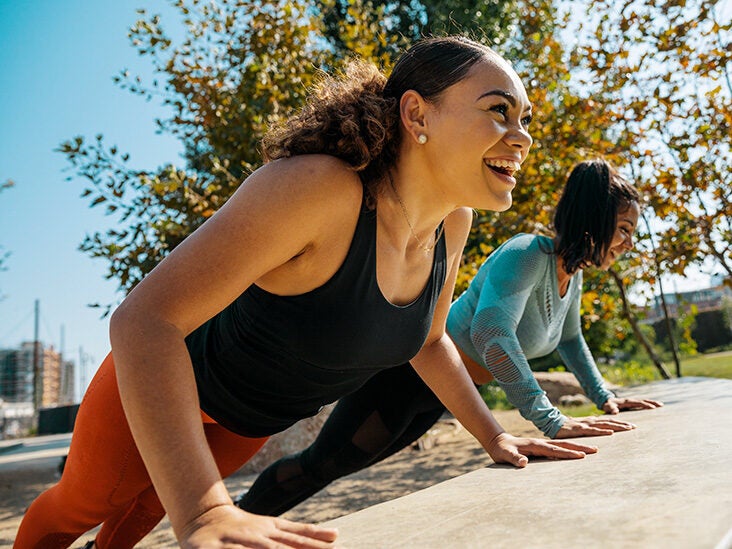Physical Education and Family and Consumer Sciences at Three Levels Standard 1. Expectancy is the belief that our effort will result in our desired goal and is based on our past experience and influenced by our self-confidence and anticipation of how difficult the goal is to achieve.
Weve found that shorter periods of physical activity spaced throughout the day tend to be easier to maintain.

. Personal Health and Fitness Students will have the necessary knowledge and skills to establish and maintain physical fitness participate in physical activity and maintain personal health. The guidelines also recommend that young people include strength or toning activities on at least three days per week. Your health benefits will also increase with the more physical activity that you do.
The goal is to make physical activity a regular and enjoyable part of daily life. Evidence for both direct and indirect health effects of physical activity has been reported Hallal et al 2006 and the need for ongoing participation in physical activity to stimulate and maintain the chronic adaptations that underlie those benefits is well documentedTo understand the relationship of physical activity and aerobic fitness to health during childhood it is important. Instrumentality is the belief that we will receive a reward if we meet performance.
The benefits of regular physical activity are wide-reaching and should form a part of every persons day to help them remain healthy. So be patient and think long term. Include vigorous -intensity physical activity at least 3 days per week.
Children and adolescents should do 60 minutes 1 hour or more of physical activity daily. Bone-strengthening activities produce an impact or tension force on the bones that promotes bone growth and strength. Expectancy theory posits that three elements affect our behavioral choices.
Examples include any type of jumps running and lifting weights. Mode of activity. Positive effects from sports are achieved primarily through physical activity but secondary effects bring health benefits such as psychosocial and.
I have a prohibitive physical impediment that prevents me. Most of the 60 or more minutes per day should be either moderate- or vigorous-intensity aerobic physical activity. Aerobic physical activity is the type of activity typically associated with stamina fitness and the biggest health benefits 293031.
Here are some ways to add physical activity into a daily routine. How Much Physical Activity Do Youth Need. Physical activity in everyday life and exercise training is mainly an aerobic activity where a majority of energy production occurs via oxygen-dependent pathways.
Keep in mind some physical activity is better than none at all. Adults aged 65 and older need. Bone- strengthening activity Physical activity primarily designed to increase the strength of specific sites in bones that make up the skeletal system.
Any activity that uses large muscle groups which can be maintained continuously and is rhythmical and aerobic in nature for example walking-hiking running-jogging cycling-bicycling cross-country skiing aerobic dancegroup exercise rope skipping rowing stair climbing swimming skating and various endurance game. A Safe and Healthy Environment. The 2014 physical activity guidelines1 recommend that young people aged 15-17 years complete at least 60 minutes of moderate to vigorous intensity physical activity every day.
At least 150 minutes a week for example 30 minutes a day 5 days a week of moderate intensity activity such as brisk walking.

Exercise The Top 10 Benefits Of Regular Physical Activity

The Benefits Of Exercise For Children Infographic E Learning Infographics Exercise For Kids Benefits Of Exercise Infographic Health


0 Comments